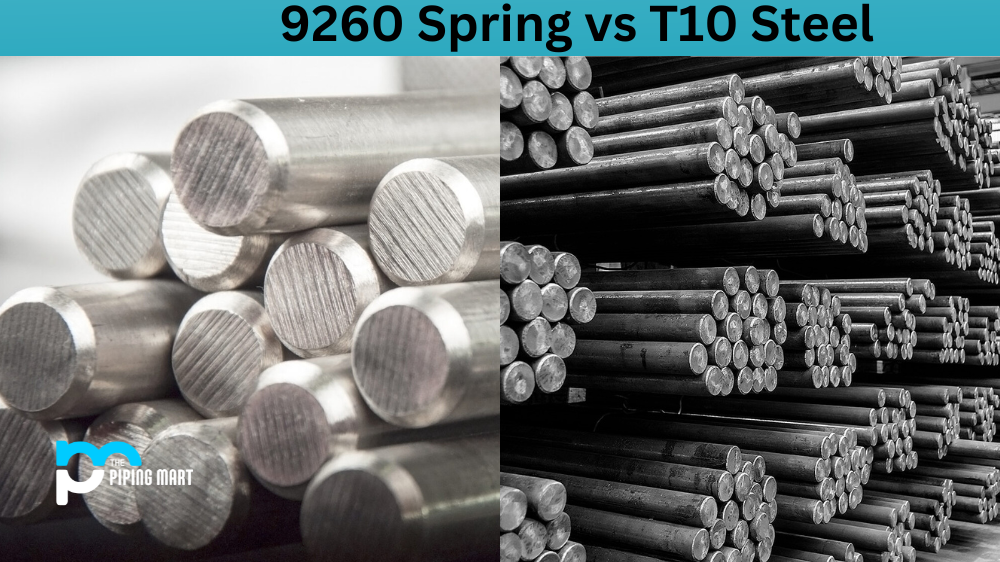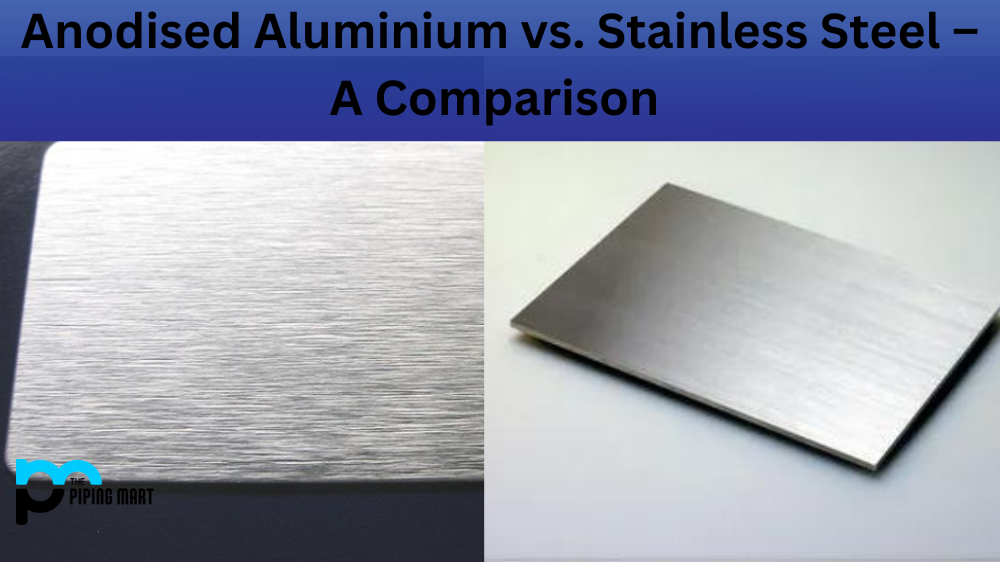This article is for you if you are a beginner welder and want to learn how to weld pipe with MIG welding. This guide will explain the basics of MIG welding pipe with step-by-step instructions so that even a novice welder can get started with their project. We will also discuss tips and tricks to help you get the best results from your welding.
What You Need To Get Started
Before diving into the steps, let’s go over what you need to start with the MIG welding pipe. First off, you will need a MIG welding machine. Make sure it has enough power to handle the thickness of the pipe you are working on. You will also need a gas cylinder containing an inert gas such as argon or carbon dioxide and appropriate safety gear such as a helmet, gloves, and protective clothing. Finally, make sure you have some spare wire for your machine.
Welding Procedure For Pipe
Now it’s time to start welding! Start by setting up your work area and make sure it is free from debris or other objects that could be hazardous when exposed to high heat during the welding process. Connect your MIG machine to the power source and ensure that all connections are secure before turning it on. Once everything is set up correctly, turn on your machine and set the correct amperage according to the manufacturer’s instructions. Now it’s time to begin welding! Start at one end of the pipe and slowly move along its length while keeping your welding speed consistent. Remember that too much heat can cause warping in thin materials, so use caution when adjusting your amperage settings. When finished, please turn off your machine and allow it enough time to cool before disconnecting it from the power source.
Tips & Tricks For Successful Welding Of Pipe
To get better results when welding pipe, keep these tips in mind: Use proper technique – Proper technique is key when it comes to successful MIG welding pipe because any mistakes can result in bad welds or warping of thin materials due to excessive heat input; Cleanliness – Always keep your work area clean before starting any project; Protection – Wear all necessary safety equipment such as gloves and protective eyewear; Preparation – Make sure all pieces are correctly aligned before starting any weld; Practice – Practice makes perfect! The more practice you have under your belt, the better results you’ll get when tackling more complex projects like piping; Patience – Take your time while completing each step, as rushing can lead to mistakes; Quality Control – Check every weld for quality control purposes after completion – if something doesn’t look right then don’t hesitate to go back over it until perfection is achieved!
Conclusion:
Aside from being one of the most popular metal fabrication techniques today, MIG welding is also great for piping applications due to its ability to create strong joints quickly and efficiently without having any spatter or slag buildup during operation. With these tips in mind and patience while practicing, beginner welders should be able to easily master how to weld pipes using mig technology successfully, regardless of application size or material type used (carbon steel or stainless steel). With enough practice and experience, beginners can soon become experts at this craft!
Sakshee is a talented blogger, with a particular focus on the Business and Metal Industry. She is passionate about sharing her insights on various metal products and helping professionals to make a better decisions.




